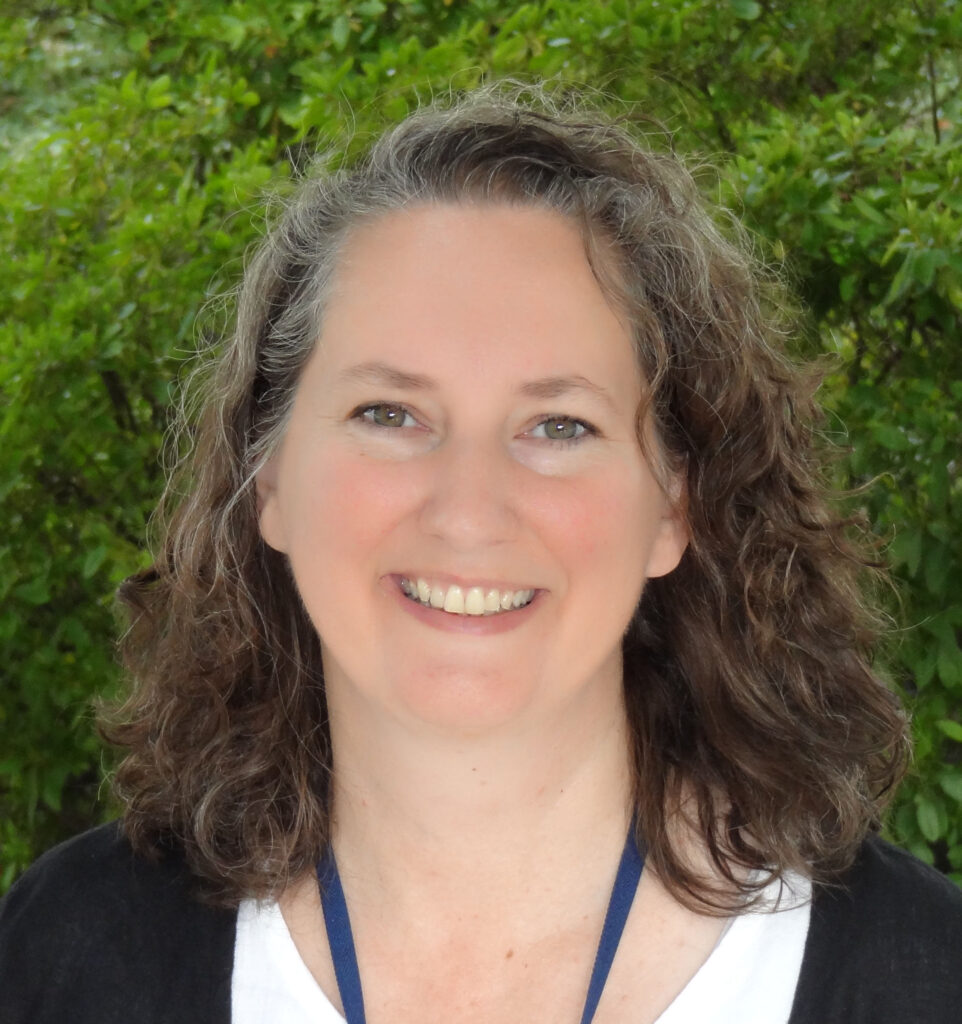Katharine Gray, AIA, is the land use and urban design planner for the City of Roanoke. In November, she will appear as part of a panel discussion at Architecture Exchange East about the importance of rebuilding communities using density as a strategy rather than just a measurable outcome.
From a planning perspective, what does density mean? And do you think it’s radically different from the way an average individual defines it?
Density is a measure of an item per unit area or volume. From a planning perspective, this can be a number of people per land area, building units per land area, jobs per land area, and so on, however, in our communities, the perception of density by the average individual is more typically bound to the form of the buildings and streetscapes surrounding that individual. When asked to describe their own neighborhood, most people refer to their neighborhoods with terms such as “walkable,” “houses with porches,” and “street trees” instead of seven dwelling units per acre.
Oftentimes, when individuals talk about something being too dense, further conversation reveals that it is often the building form not fitting the surrounding context that they most notice. Therefore, design professionals who can tailor projects to fit the context through scale, massing, openings, and materials can often incorporate developments with greater population density than surrounding areas that fit appropriately into their community context where their density is not even noticed.
For example, in our 100-year-old neighborhoods, apartment buildings with 4-12 units are regularly intermixed with single-family and duplex dwellings. As they share similar form, massing, and building placement on the land, they add population density without the perception of architectural difference while a garden-style apartment building set apart from a surrounding community on a large piece of land may be perceived as more dense architecturally even with a lesser population density.
It is about building form.

Why is density good for us? Does it promote public health?
Density is good for us as it can bring choice and convenience to a community as a larger number of people within a close proximity allows for more businesses and services to function in an economically viable manner. However, the form matters within the context and works best as a complete neighborhood. Growing out of planning theory mixed with traditional community form and now found in many comprehensive plans throughout the country, a complete neighborhood is a neighborhood where people have safe and convenient access to the goods and services needed in daily life, including housing options, stores and other commercial services, quality public schools, public open spaces and recreational facilities, affordable active transportation options and civic amenities. An important element of a complete neighborhood is that it is built at a human scale that meets the needs of people of all ages and abilities.
What are some ways density can promote equitable planning?
Density in and of itself does not promote equitable planning. However, it can be an important part of creating a diverse and an inclusive community by using close proximity to provide better access and opportunities to all within a given area including education, housing, healthcare, employment, recreation, and quality of life, as was previously mentioned regarding complete neighborhoods.
What do you think is the most effective way for architects and designers to promote responsible urban land use?
Get involved in the policy making aspects of zoning and planning as a community advocate. Comprehensive plans set the course for change and development within our cities and counties for decades. Work to make responsible urban land use a part of the policies within your comprehensive plan and you will have changed the outcome within your community long into the future. In addition, there are always multiple volunteer positions available to serve on local boards and commissions that enable you to further the discussion regarding responsible urban land use over particular matters that come before each board and commission.
This interview has been edited for length and clarity.
Team Three is an editorial and creative consultancy based in Washington, D.C.
